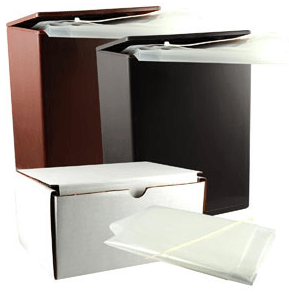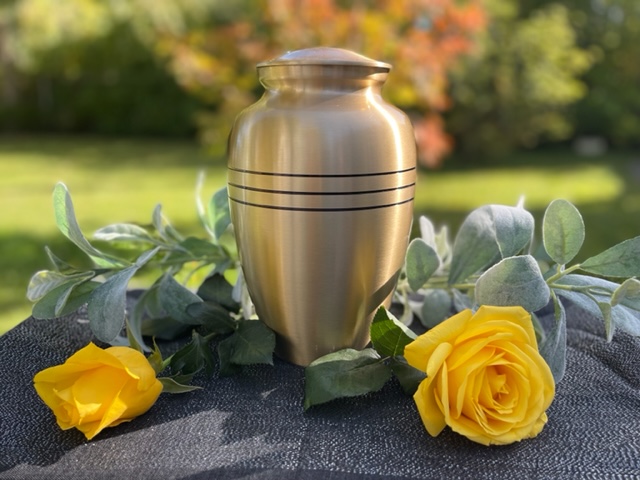Keeping end-of-life final costs low for a patient in palliative care can be achieved through careful planning and selecting affordable options. If you have a patient or a loved one in hospice in need of arranging the most affordable final death care arrangements, here we have outlined some key tips to help reduce costs:
1. Consider Opting for a Low-Cost Direct Cremation or Burial

Find a Low-cost Provider Near You ->
Direct Cremation: This is the most affordable option, typically costing between $695 and $2,000, depending on the location. It involves cremating the body without a viewing, funeral service, or elaborate casket.
Direct Burial: A basic burial without embalming or a formal funeral service can also be a low-cost option. It involves minimal preparation and a simple graveside service.
2. Pre-plan a Cremation Service ahead of time to control costs
Pre-Planning decisions and documentation: By making decisions ahead of time, you can lock in today’s prices and avoid last-minute decisions that might lead to higher costs. Pre-planning also ensures that you only pay for necessary services.
Shop around and compare cremation prices: Funeral homes and cremation providers are legally required to provide a General Price List (GPL) upon request, allowing you to choose services within your budget.
3. Consider Setting Up a Payable on Death (POD) Account

A Payable on Death (POD) bank account can be set up specifically for funeral expenses. This allows patients to save money for their final expenses without incurring insurance or trust fees. The beneficiary can access the funds immediately after the patient passes without going through probate. This can be an easy and accessible way to put money aside for end-of-life disposition expenses.
4. Avoid Expensive and Unnecessary Funeral Add-Ons or Extras
Find a Low-cost Provider Near You ->
Eliminate unnecessary funeral costs: Embalming is not legally required and is an add-on fee of around $850. If cremation or a closed-casket service is chosen, embalming is not necessary and can be avoided to save money.
Choose a Simple Casket or Urn: A basic casket or an affordable cremation urn, rather than expensive, decorative ones, can save on funeral costs. You can also purchase caskets or urns from third-party sellers, which may be cheaper than those provided by funeral homes. If opting for a low-cost direct cremation service, only a basic cremation container is needed, and the cremated remains are returned in a simple utility urn.

5. Host a Memorial Service later and organize your own arrangements
Consider holding a memorial service later, after the cremation or burial. This can be done at home, in a park, or a place meaningful to the family, eliminating the need for a costly funeral home venue or reception. Visit our Memorialization Resources for guides on conducting your own Memorial Service or Life Celebration.
6. Use Hospice Support Resources & Support Staff
Hospice Support: Many hospice care programs offer bereavement services and assistance in planning final arrangements, which can help reduce stress and avoid unnecessary expenses. There are extensive support networks to help counsel and support families coping with a loved one in Palliative care. Check out our Hospice Resource Page for further helpful information to support families dealing with a loved one with a terminal condition.
7. Consider an Anatomical Gift – That offers a Free Cremation & Helps Scientific Research on Terminal Conditions

Body Donation: Donating a body to a medical school or research institution can cover the cost of cremation and eliminate end-of-life expenses. After the donation, the institution typically provides the family with the cremated remains at no cost. For many who have suffered through a terminal condition, giving their remains to research to help progress the scientific study of their condition can seem to be a philanthropic final act.
If your concern is to keep the end-of-life disposition costs minimal for a patient in hospice care, by planning ahead and opting for low-cost options like direct cremation or simple burial, you can help keep end-of-life costs as affordable as possible while still honoring a loved one.
Further Resources:
Cremation Costs: How Much Should You Expect to Pay for a Cremation?
Choosing a Direct Cremation for a Loved One in Hospice Care: The Process Explained.


